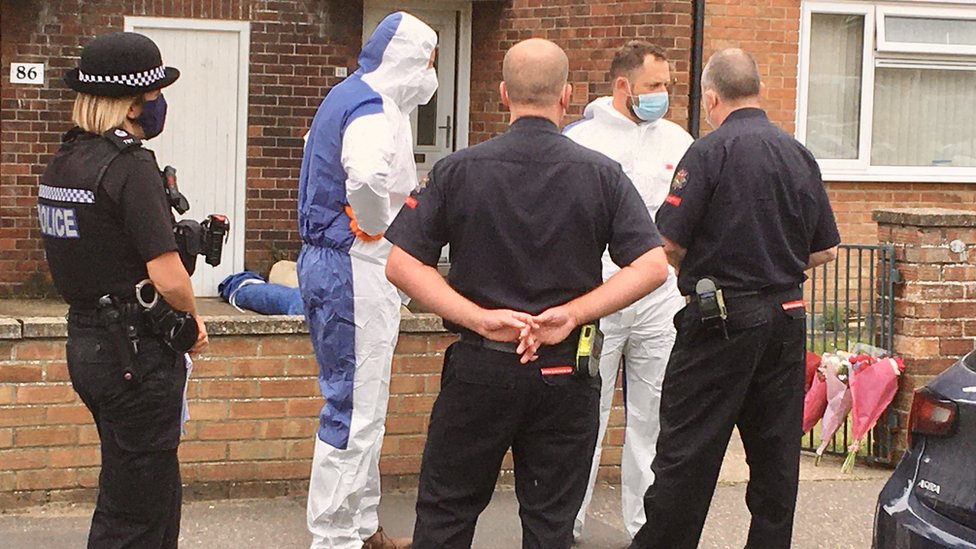

black, sooty marks on the front covers of gas fires.Other possible clues of a carbon monoxide leak include: symptoms tend to be seasonal – for example, if you get headaches more often during the winter.your symptoms disappear when you go away and return when you come back.other people in the building become ill with similar symptoms.Risks also include perinatal death (stillbirth) and death within the first 4 weeks. Long-term exposure to carbon monoxide gas can also damage an unborn baby.Ī child may be born with a low birth weight and could develop behavioural problems. people with chronic heart disease or respiratory problems.People who are more at risk of carbon monoxide poisoning include: If the coronary arteries are completely blocked, it can cause a heart attack. If the blood supply is blocked, it can cause angina (chest pains). It's where the heart's blood supply is blocked by fatty substances (atheroma) in the coronary arteries. It can develop as a result of long-term carbon monoxide exposure. Heart diseaseĬoronary heart disease is a serious condition. Parkinson's disease is a degenerative neurological condition linked to ageing. Parkinsonism is not the same as Parkinson's disease. This involves tremors, stiffness and slow movement.

In rare cases, severe carbon monoxide poisoning can cause Parkinsonism. It can also cause vision loss and hearing loss. Prolonged exposure to carbon monoxide can cause memory problems and difficulty concentrating. Long-term exposure to carbon monoxide can cause serious complications.Īround 10% to 15% of people who have severe carbon monoxide poisoning have complications. Complications of carbon monoxide poisoning These are often used in caravans, boats and mobile homes.
#Carbon dioxide poisoning portable#
There's also a risk of exposure to carbon monoxide from portable devices. These appliances include boilers, fires, water heaters and cookers. Gas, oil, coal and wood are common fuels in many household appliances. They may be badly installed, maintained or ventilated. Household appliances cause most cases of accidental exposure to carbon monoxide.

This can happen within 2 hours if there's a lot of carbon monoxide in the air.

You may lose balance, vision and memory and even consciousness. The longer you inhale the gas, the worse your symptoms will be. Carbon monoxide poisoning doesn't cause a high temperature. The symptoms of exposure to low levels of carbon monoxide can be like those of food poisoning and flu. shortness of breath and difficulty breathing.The symptoms of carbon monoxide poisoning aren't always obvious, particularly in low-level exposure. This lack of oxygen causes the body’s cells and tissue to fail and die. When this happens, the blood can no longer carry oxygen. Haemoglobin is the part of red blood cells that carry oxygen around your body. It mixes with haemoglobin to form carboxyhaemoglobin. When you breathe in carbon monoxide, it enters your bloodstream. Breathing it in can cause sickness and even death. Carbon monoxide is a poisonous gas that has no smell or taste.


 0 kommentar(er)
0 kommentar(er)
